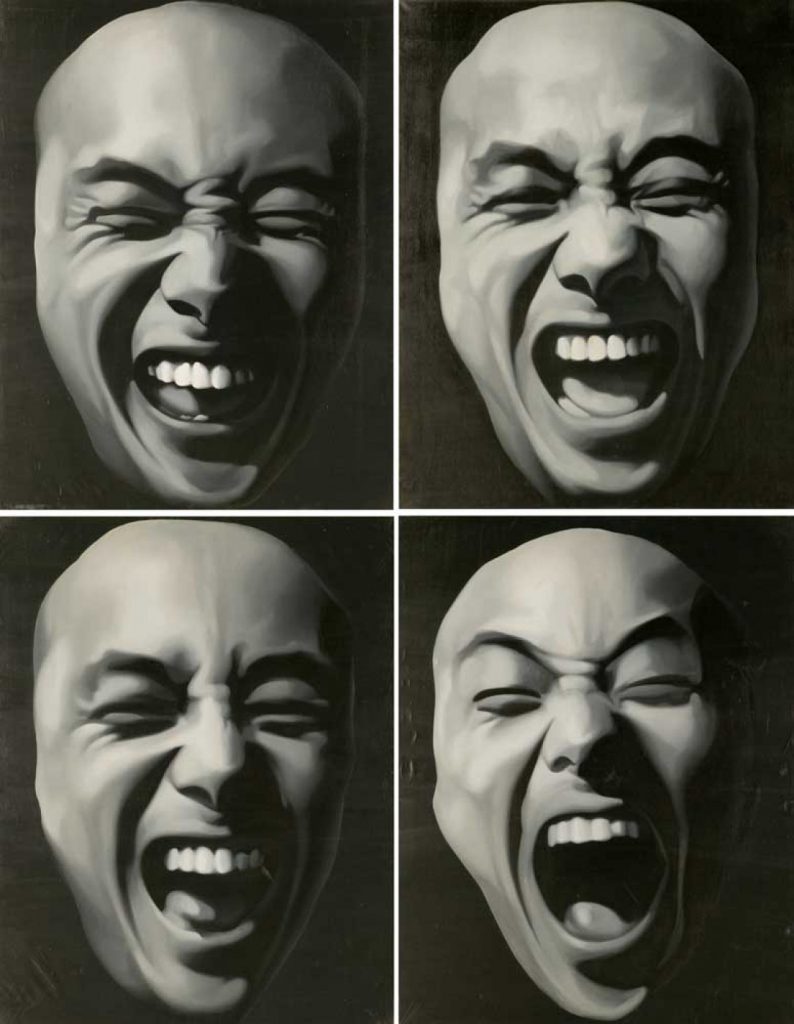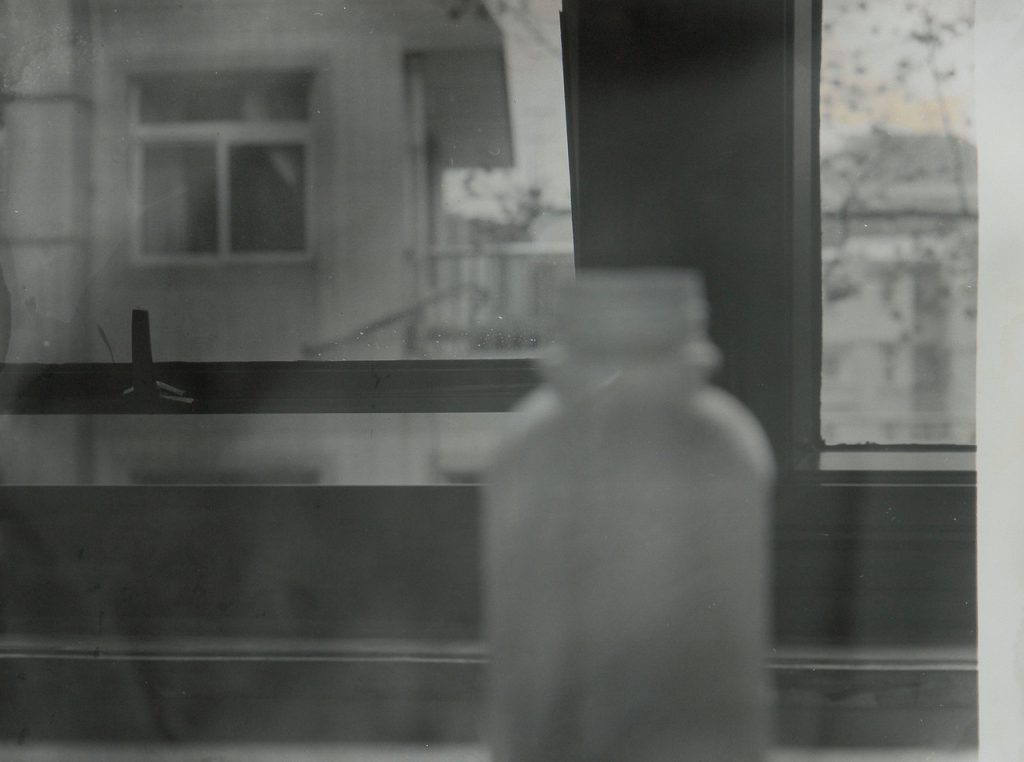On December 5th 2017, conceptual artist Geng Jianyi passed away after a long battle with cancer.
We review his three-decade-long career and attempt to assess how important Geng is to the contemporary art scene in China today.
Geng Jianyi was in Hangzhou, the city where he first rose to prominence when he died. He emerged as a key figure in China’s ‘85 New Wave, the avant-garde movement that gave several important Chinese artists the platform to begin their careers, including Zhang Peili, Wu Shanzhuan, and Wang Guangyi.
However, Geng’s work is absent from much history of contemporary art practice in China. Most accounts of contemporary art practice centre either on works with literal references to social and political events or works that can be seen as the progression of aesthetic developments and stylistic innovation. Because of his uncompromising simplicity, Geng Jianyi has been hard to categorise for many art critics and art historians. For many people in the Chinese art world, he is a bit of a mystery.
Geng is best known for a painting of two identical laughing faces, ‘The Second State’ from 1987. This style was compared to the later work of Fang Lijun, and it is from this moment that we can begin to see the influence Geng had on the development of contemporary art in China. The general feeling was that Fang’s use of repetition was an expression of political discontent. Geng pursued a different path, staying away from overt forms of politics in his art, and, as a result, was the opposite of many of his peers at that time.
Many of the artists who followed Geng, those born during this period of artistic development in China, have become non-political artists. Many of them studied at the China Academy of Art in Hangzhou, where Geng was a professor. It was here that he initiated an arts programme titled ‘Studio of Basics’, which emphasised helping students develop an awareness and appreciation of the foundations of art-making.
Geng’s art is characterised by an uncompromising resistance to any categorical form of representation. His career has encompassed a rich array of techniques, from photography to textual work, returning repeatedly to questions of identity creation. Although most famous for his oil studies of faces, in later years, he moved towards more conceptual installation works.
Born in Zhengzhou in 1962, Geng began his studies at the oil painting department of the Zhejiang Academy of Fine Arts (now the China Academy of Art). In 1985, along with Zhang Peili, he founded the short-lived Pond Society and initiated public artistic interventions in Hangzhou, including tai-chi movement paper cut-outs on a wall, in 1986’s Work No.1, ‘Yang Style Tai Chi Series’.
The work was a response to two common tendencies amongst Chinese artists at the time: exaggerating the philosophical nature of art-making and stressing the social and critical responsibility of artists. The Pond Society felt that both positions risked rendering their artistic practice as a means to an end, and instead, they tried to experiment with daily life and the limits of what could be considered art.
It was from this platform that Geng Jianyi sought to foment this resistance through the use of a wide range of techniques, including various forms of painterly transcription, staining, frottage, photographic and film transfer, chemical transformation and textual juxtaposition. By the late 1990s, he had also turned his attention to photography, experimenting with darkroom techniques on portraits, often drawing on photographs himself.
Writing in 1988, Geng said that Chinese art neglected the “relation between audience and work, viewing and being viewed.” His point was not about the meaning of an artwork or the audience’s response to it but the relationship between the two. Today, much contemporary art in China is centred around interaction within the artistic space and how the audience is part of the artistic experience, unlike much art produced around the mid to late 80s. Art in China today is quite the opposite to passively taking in political motifs that wouldn’t resonate with a distinctly apolitical young audience.
Geng’s art contributed to a new approach in Chinese contemporary art that emerged during this seminal decade through the ’85 New Wave movement. This is his legacy to the contemporary art scene today. It is impossible to write a history of contemporary Chinese art without giving full credit to Geng Jianyi’s contribution.



















